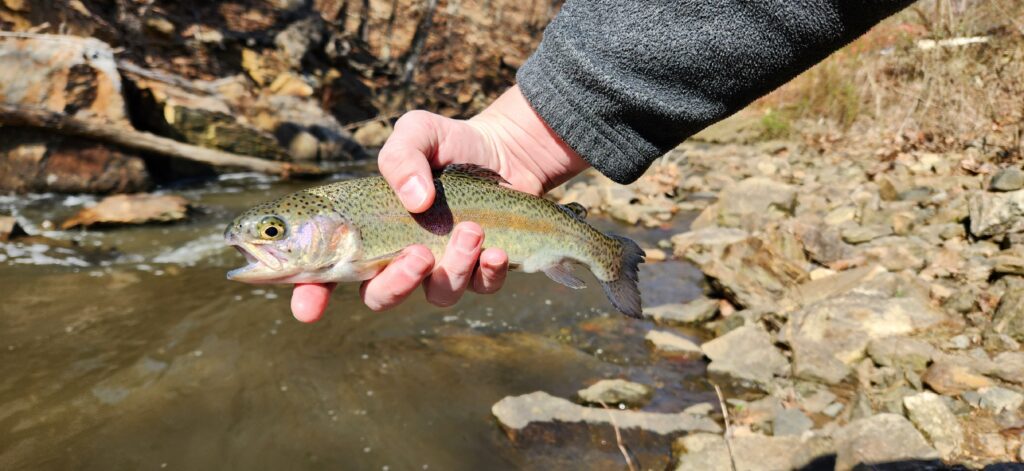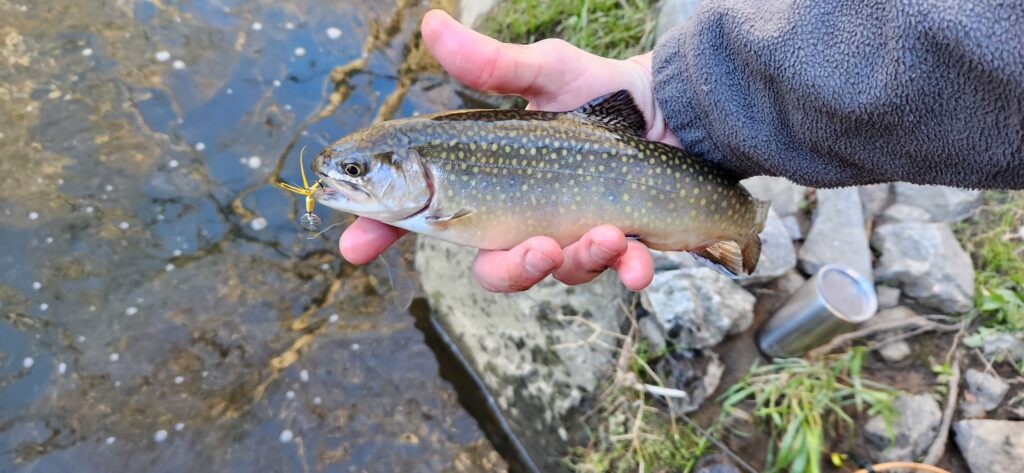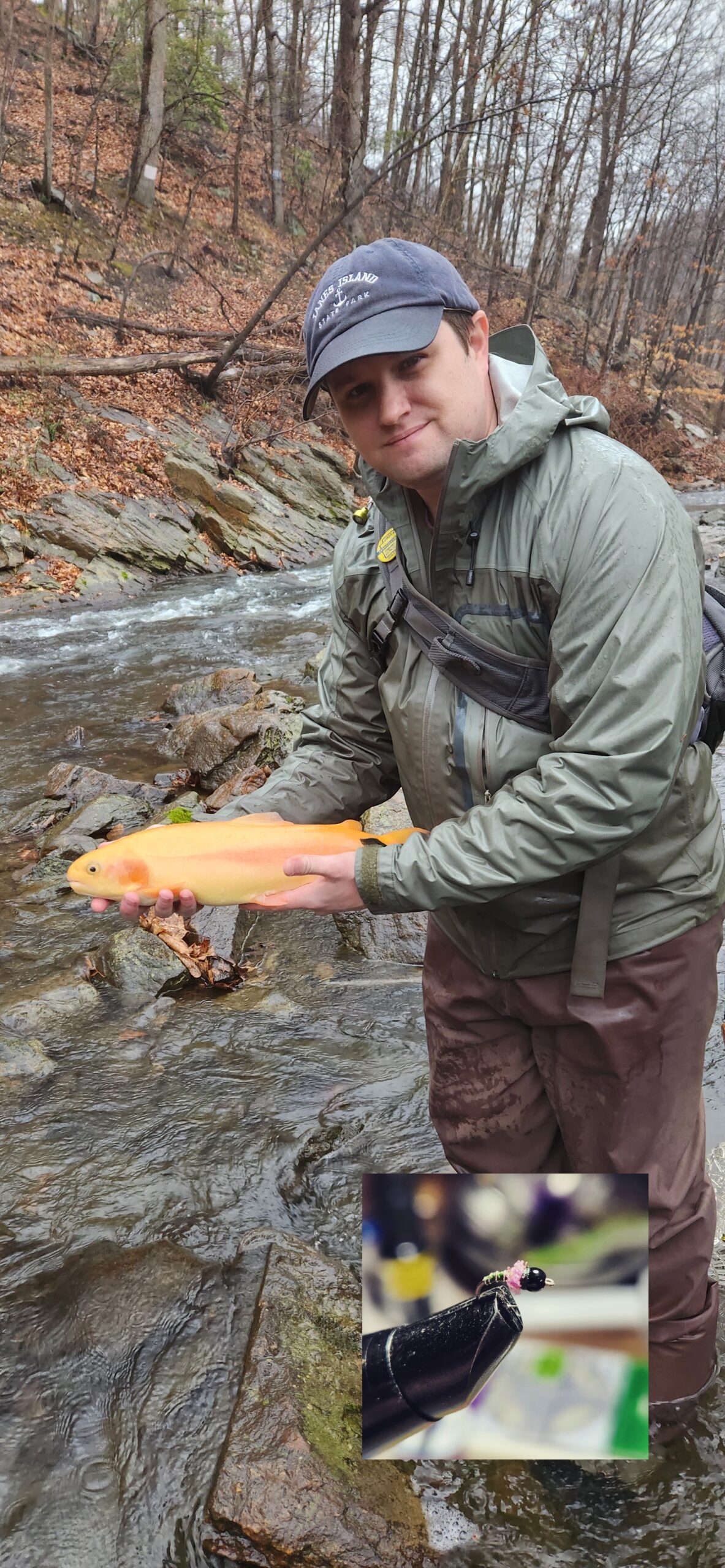Since the latter half of the 19th century, states have imported fish from around the world to hatch, raise, and stock for recreational fishing. Many old and popular fisheries across the country were created in this way. Yet some programs stand out to me, in particular when fish are stocked into water in which they cannot reproduce- offering no hope of contributing towards a wild, sustainable population.
I call these “government fish,” a cheeky reference to “government cheese-” the cheese provided by the federal government to people in need since the Second World War… and I’m not knocking them; Government fish are often the best chance we have at decent fishing in many urban areas where the creeks simply don’t support robust fisheries of any kind. They give us a chance to get out close to home and test our tackle. They make it easy to bring the kids.

Government fish are often one of the first outdoor events on my calendar. In Pennsylvania, the derby of opening day can be an invigorating dose of spring energy. Sportsmen of all types are out and after it on the annual grind. Sometimes I throw flies I’ve tied over the winter. Sometimes I use trout magnets or little spinners on a micro-lite spinning rod. I typically keep a few to cook- after all, that’s what they’re there for- but I often catch a few more and put them back for other anglers.

They’re typically around for a least a few weeks, and often into the summer. I’ve caught emaciated fish struggling to survive in the barren and warming waters as late as July. In fact, the first rainbow trout I caught as an adult was one such fish. They typically start off healthy and hungry, but the bombardment of tackle quickly educates them. After a few days they can become fickle and far warier than one would expect for fish raised on pellets.
Government fish are not wild trout, and the don’t give the satisfaction that wild trout give as a representative of a healthy, vibrant ecosystem, but they give us a chance to get out and appreciate nature, and offer a low barrier of entry to get the masses engaged with it. They also teach about what it takes conserve healthy ecosystems, and the lengths to which we have to go to replicate just a fraction of one when it is gone.

